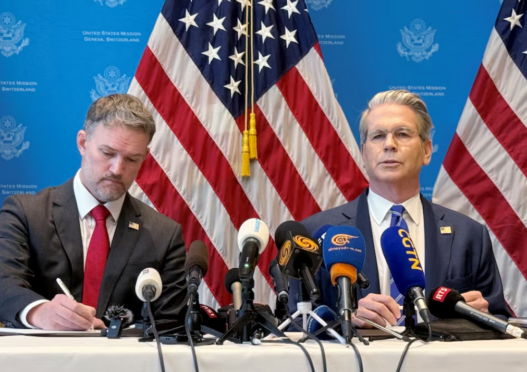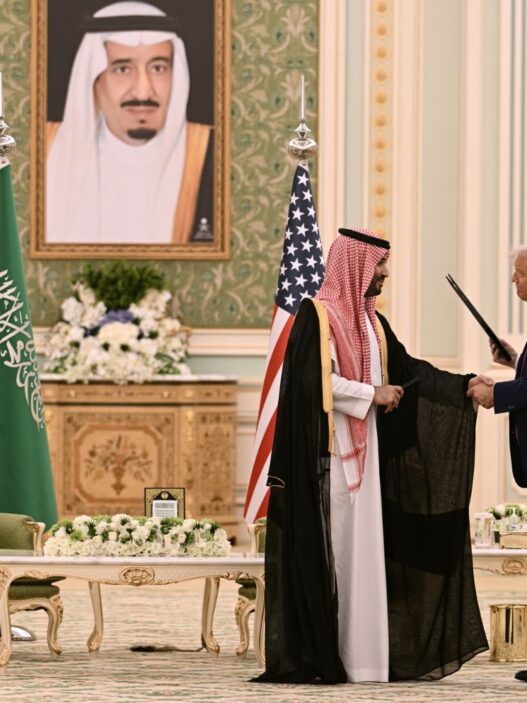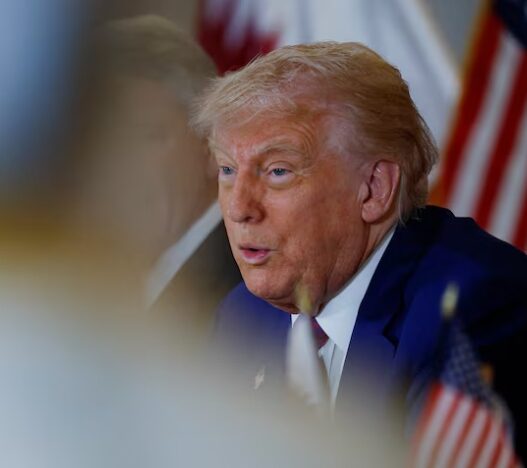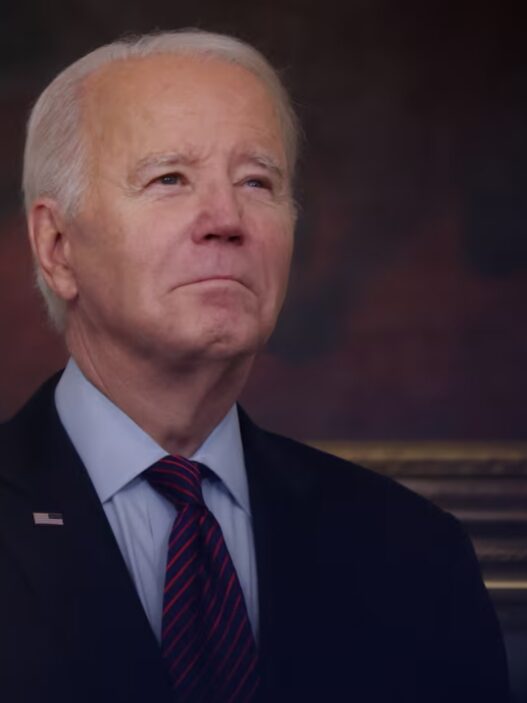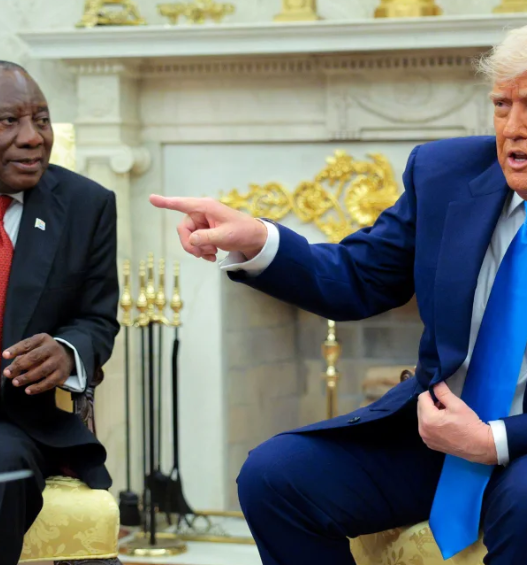Global stock markets soared on Monday after the United States and China agreed to slash steep tariffs for 90 days. This agreement temporarily paused a bitter trade war that had rattled the world’s two largest economies and stoked fears of a global recession.
But while the markets reacted with enthusiasm, the core issues behind the conflict remained unresolved. These include the massive U.S. trade deficit with China and President Donald Trump’s calls for stronger Chinese efforts to combat the fentanyl crisis in the U.S.
Investors Cheer While Businesses Wait for Clarity
Although investors were pleased with the deal, businesses called for more detailed guidance.
Under the temporary truce, the U.S. will reduce the additional tariffs it imposed last month on Chinese goods from 145% to 30%. In return, China will cut its own tariffs on American imports from 125% to 10%.
China also agreed to lift several export restrictions that had been in place since April 2. These included limits on rare earth elements and industrial magnets vital to high-tech manufacturing, according to U.S. trade representative Jamieson Greer in a Fox News interview.
Stock Market Surge and Dollar Strength
This truce revived nearly $600 billion in two-way trade that had been frozen. The disruption had crippled supply chains and led to layoffs.
On Wall Street, the S&P 500 closed at its highest point since March 3. Meanwhile, the Nasdaq Composite reached a new peak not seen since February 28. The U.S. dollar gained strength, and prices for gold, a typical safe-haven asset, declined slightly. Still, the easing of tensions did not fully erase economic anxieties surrounding Trump’s trade strategy.
Trump’s Team Claims Victory for Tough Tariff Tactics
President Trump and his allies celebrated the agreement as a win. They argued that the U.S. strategy of aggressive tariffs was paying off, following preliminary trade pacts with both the United Kingdom and China.
“They’ve agreed to open China—fully open China,” Trump declared from the White House. “It’s going to be fantastic for both sides. Great for peace, too.”
However, whether the deeper trade imbalances that have long undermined U.S. manufacturing will be resolved remains uncertain.
Even Treasury Secretary Scott Bessent, who negotiated the deal in Geneva, acknowledged that resetting U.S.-China trade ties could take years.
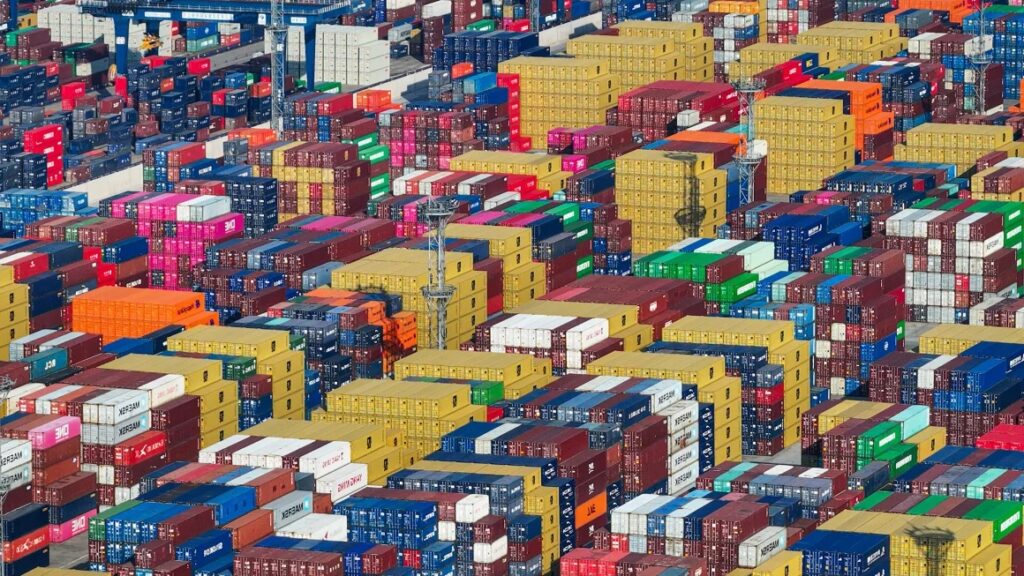
China Shifts Tone Toward Cooperation
State media in China stated that Beijing had stood firm on its principles. But they also noted the country was now open to more cooperation with the U.S.—a shift from their previous defiant tone.
“Economic and trade cooperation between China and the U.S. has a solid foundation, great potential, and broad space,” stated the government-run CCTV.
A Political Campaign Fulfilled, With Mixed Reactions
Trump made reviving U.S. industry and tackling unfair trade practices key themes of his 2024 re-election campaign. His promises won him support from blue-collar voters in states like Michigan and Pennsylvania, where factory jobs had disappeared over decades.
But the tariff war also attracted sharp criticism. Small businesses, truckers, and consumers voiced concern about rising costs.
According to Scott Kennedy of the Center for Strategic and International Studies, this agreement was less a victory and more a retreat.
“This is 100% a U.S. retreat, not a Chinese cave,” Kennedy said. “The U.S. started this war and escalated it. China only responded, and now it’s just pulling back its countermeasures.”
Kelly Ann Shaw, a former Trump trade adviser, countered that the president was simply keeping his promises.
The Tariff Whiplash: Uncertainty Still Looms
In his broader trade crusade, Trump had imposed sweeping tariffs globally, targeting China most aggressively. He linked Beijing to the U.S. opioid epidemic, blaming its exports of synthetic opioids like fentanyl.
Though markets quaked at the measures, Trump paused most reciprocal tariffs last month—except those on China.
This pattern of sudden action and reversal shook investor confidence and hurt Trump’s approval ratings. Americans worried the tariffs would drive up prices on goods from toys to cars.
Lingering Tariffs and Political Legacy
Some tariffs still remain. Even before Trump took office, Chinese products faced 25% tariffs he introduced during his first term, particularly on industrial goods. Lower tariffs applied to some consumer items.
The new agreement doesn’t alter these earlier duties, nor does it change 100% tariffs on electric vehicles or 50% tariffs on solar products, which were imposed during President Joe Biden’s administration.
Gene Seroka, head of the Port of Los Angeles, said retailers might wait to see if the 30% tariffs are sustained before increasing imports.

No Relief for Online Sellers
The truce also does not reinstate the “de minimis” exemptions for low-value e-commerce shipments from China and Hong Kong. These were removed by the Trump administration on May 2.
Still, the actual tariff cuts exceeded many analysts’ expectations. Trump had previously floated a shocking 80% rate just last week.
Shipping companies may resume loading goods while tariffs are lower. However, many remain cautious, unsure if the deal will last long enough to justify big restocking moves.
Mike Abt, co-president of family-run Abt Electronics, said they are slowly reducing their pre-tariff stockpiles.
“People crave consistency,” he said. “But that’s been the hardest part—it’s all so unpredictable. Like a game of Risk, there’s no clear right move.”
A Personal Win for Bessent, and More Talks to Come
For Bessent, a former hedge fund executive, the 90-day pause was a victory. He had pushed for a break in global reciprocal tariffs to create space for negotiation.
“Both sides agreed this weekend—they don’t want a decoupling,” Bessent said after the Geneva meetings. “They want more balanced trade. And both are serious about making that happen.”
He told U.S. media that no date had been set for the next round of talks, but both delegations were prepared to keep going.







